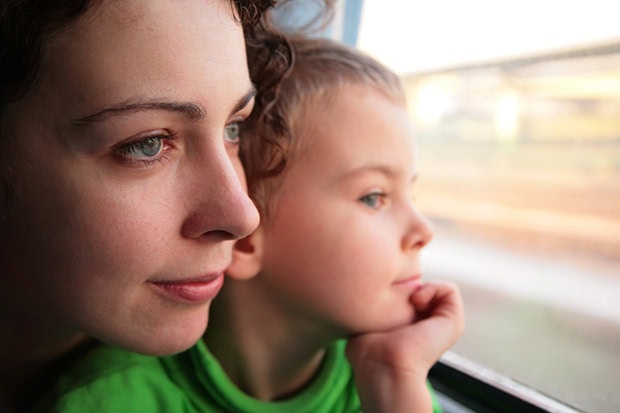When the Diabetes Honeymoon Ends

My son’s honeymoon phase was like diabetes with training wheels, a seemingly manageable level of uncertainty. His body was still producing some insulin, and that made dosing somewhat of a guessing game, but his A1C was great and I felt like I had gotten the hang of being a D-mom.
Then he caught a cold. It was a year after his diagnosis and he slowly started requiring more insulin. Before, he could go a long time without injections, but now he really needed them to keep his sugars down. He went from using half a unit of long-acting insulin a day to requiring that in one hour.
I felt guilty every time I had to increase his basal rate. No matter how many times his care team told me this would happen, I was still caught off guard. A part of me secretly believed that since his insulin requirements were so minimal and his blood sugars were close to normal, he didn’t really have Type 1 diabetes. When reality set in, I felt like I should have stopped it somehow.
At our next appointment, the endocrinologist noted the increased insulin usage and higher A1C. The honeymoon was over, he said. He asked our son if he knew what the honeymoon period was and why he was using more insulin. Our son said he had no idea. To him, it was just diabetes. While I felt like I was failing him and that he was getting sicker, he hadn’t even noticed. I realized I needed to shift my attitude on diabetes to follow his lead.
The honeymoon was over, insulin therapy has become a big part in daily life, and that is somewhat sad. At the same time, I feel like I’ve learned about the power of resilience and the importance of keeping self-guilt to a minimum. I hope each new challenge we face with Type 1 comes with similar lessons that arm us for how to better handle this frustrating condition in the future.
Thanks for reading this Insulin Nation article. Want more Type 1 news? Subscribe here.
Have Type 2 diabetes or know someone who does? Try Type 2 Nation, our sister publication.